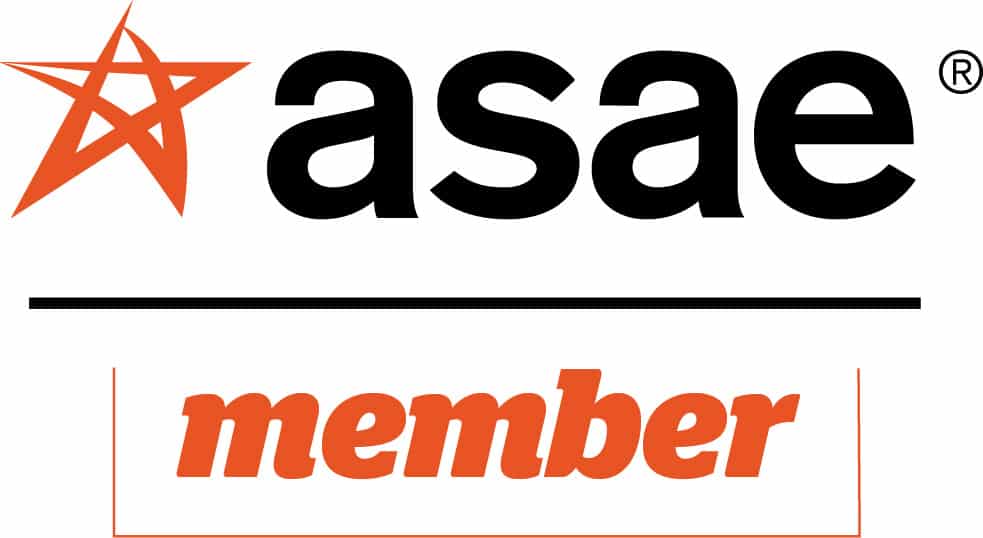Member Engagement Is The Key to Renewal
What is member engagement? We usually talk about it from our organization’s perspective. However, real growth happens when we start thinking about it from the perspective of a member as an experience of value. Engagement is a meaningful experience of value by a member.
This can take many forms. It could be great content, a product, an experience, or interactions with other members. It makes sense that the more valuable experiences you create, the more likely people are to renew. They want to have more and more of those experiences.
Why is member engagement critical? In all of our research, engagement is the number one renewal driver. It’s the only driver that matters.
Engagement is not just about renewal. We want members to engage because that’s how we execute our mission. We want them to get value from us, we want them to learn, we want them to engage, and we want them to connect. So, the mission of an organization is driven by member engagement. But as you know, renewal is where the hard numbers are. So, it is the best barometer of association engagement.
There’s a lot of data to prove that the best way to improve retention is to focus on member engagement, especially early in the membership cycle. A study by Dynamic Benchmarking shows that those focusing on first-year engagement across all associations see a 6—to 12-point lift in their first-year renewal rates.
If you started at an average of 58%, rising to an average of 70% is an enormous lift. The bigger your association, the better those results are.
How Many Associations Get Engagement Strategy Wrong
Many associations are getting their member engagement strategy wrong despite a wealth of data proving that the best way to improve retention is to focus on engagement, especially early in the membership cycle. So, what are associations doing wrong when it comes to member engagement? There are three main things.
1. They Don't Measure Member Engagement
We haven’t defined member engagement well as an industry, so it becomes hard to track. Ideally, the very best organizations have an engagement score. They can score their members on how engaged they are. This is often a very accurate predictor of their likelihood to renew. Unfortunately, most associations haven’t gotten that far.
They don’t have the data or metrics to say, “Are we doing a good job?” Are we not doing a good job? What are members engaging in or not engaging in? And how are those things correlated with renewal? Measuring engagement is critical.
2. They Don't Devote Resources to Engagement
This is a real obstacle for many associations. They don’t devote enough money to engagement. The Dynamic Benchmarking study showed that associations only spend 1% of their budgets on member engagement, even though it’s the best investment they could make.
3. Members Don't Know What They Really Do
Marketing your existing members about your current resources is as important as recruiting new members. Associations often assume that their members know as much about their work as they do. This is empirically untrue. We did a very successful project with the American Medical Association, asking the question: What do members think that we do?
Only 20% of the members could mention anything except the flagship journal. Of course, they all knew about JAMA, the Journal of the American Medical Association. Still, they didn’t know about the dozens and dozens of other things the American Medical Association does that doctors care about. We have seen this play out repeatedly in our work with associations. You cannot engage your members if they do not know your benefits exist.
Three Ways to Drive Member Engagement
What can your association do differently to ignite member engagement as a tool for renewal?
These three things should be at the heart of your engagement strategy.
1. Segment Membership by Engagement Activity
Beyond the services and resources you offer, you can engage members in intangible things. Advocacy and volunteering are very engaging. Members want to be involved in grassroots activities for others, know more about that, and know what you’re doing to support it. They want to be a part of it in the world.
It requires focus and committed investment in communicating that effectively. However, associations can do that and see their member engagement and renewal results.
2. Prioritize Engagement Over Recruitment
Acquiring new members is expensive. It generally costs about one year’s dues to acquire a new member, while renewing an existing member is much cheaper. Highly engaged members cost almost nothing to renew. They renew themselves.
New members don’t renew very well. Only about half will stick around for the second year, so your investment in recruiting about half of the new member group will be wasted. But if you renew a member once, maybe twice, the likelihood is that they will continue forever. Investing in engagement and retention has a much higher ROI.
Sit down with your CFO and figure out what the lifetime value of your members is. What is the average amount a member spends with you divided by your number of members?
You should be thinking about this number over the tenure of membership. It will tell you the long-term value of a new member, the long-term value of retention, and how much you should invest in membership. How long are they going to stay with you? You’ll likely find it worth investing more in a current member’s lifetime value than in a new member’s annual dues.
3. Focus on the First 90 Days of Membership
The first key is to focus on a member’s first year with your organization. This is the most critical year to help them experience the right value and to have the best experiences with you. Why is that? As we’ve just seen, first-year members are the hardest to renew. 50-60% of them will stay, and the rest will leave. But there’s a tipping point at the second renewal.
Everywhere we go, we find that members are more likely to renew after the first year. Once a member has renewed two or three times, they will likely continue. So, the best strategy is to engage members right in the first year, to get them engaged with something they want to continue across the years.
The second key is to focus your engagement efforts on the first 90 days of that first year. Research has shown that you only have members’ full attention for the first 90 days and have it to the fullest extent for the first 30. They’ve just joined your organization, are excited, and want to know what’s in it for them. Their attention slowly wanes at 60 days and again at 90 because if you have not engaged them in a valuable experience by then, you probably won’t. You’ve lost their attention.
How can your organization employ this member attention “sweet spot” to your advantage? We call the first 90 days a “no-fly zone” for member communications, focusing on anything other than engagement. While all of your partners want to market to your new members, and everyone in your organization wants to talk to them about what they offer, we often recommend that associations put a quiet zone around these 90 days.
The only thing your members should hear from you about during this time is engagement, i.e., things they can get value from. So you should focus on getting them engaged in something they want to be engaged in first and then talk about all the other things they can get involved in.
How to Increase Member Engagement
To sum up, your member engagement strategy is key to unlocking the untapped potential within your organization. The evidence speaks for itself—prioritizing member engagement, particularly in the early stages of their membership, is the most effective strategy for improving retention. By addressing common challenges head-on and implementing targeted solutions, associations can create an environment that fosters active participation and long-term commitment.
Unleash the full potential of member engagement and watch your organization thrive in unexpected ways.
To learn more about our proven member engagement strategy, listen to our recent podcast, Member Retention: Engaged Members Retain Themselves.













